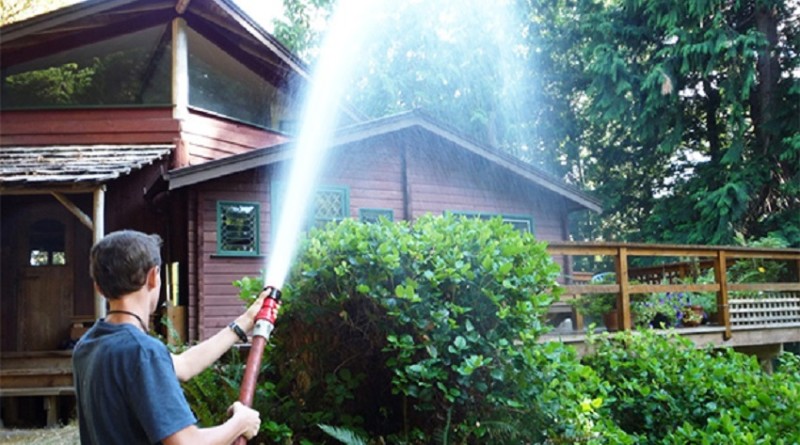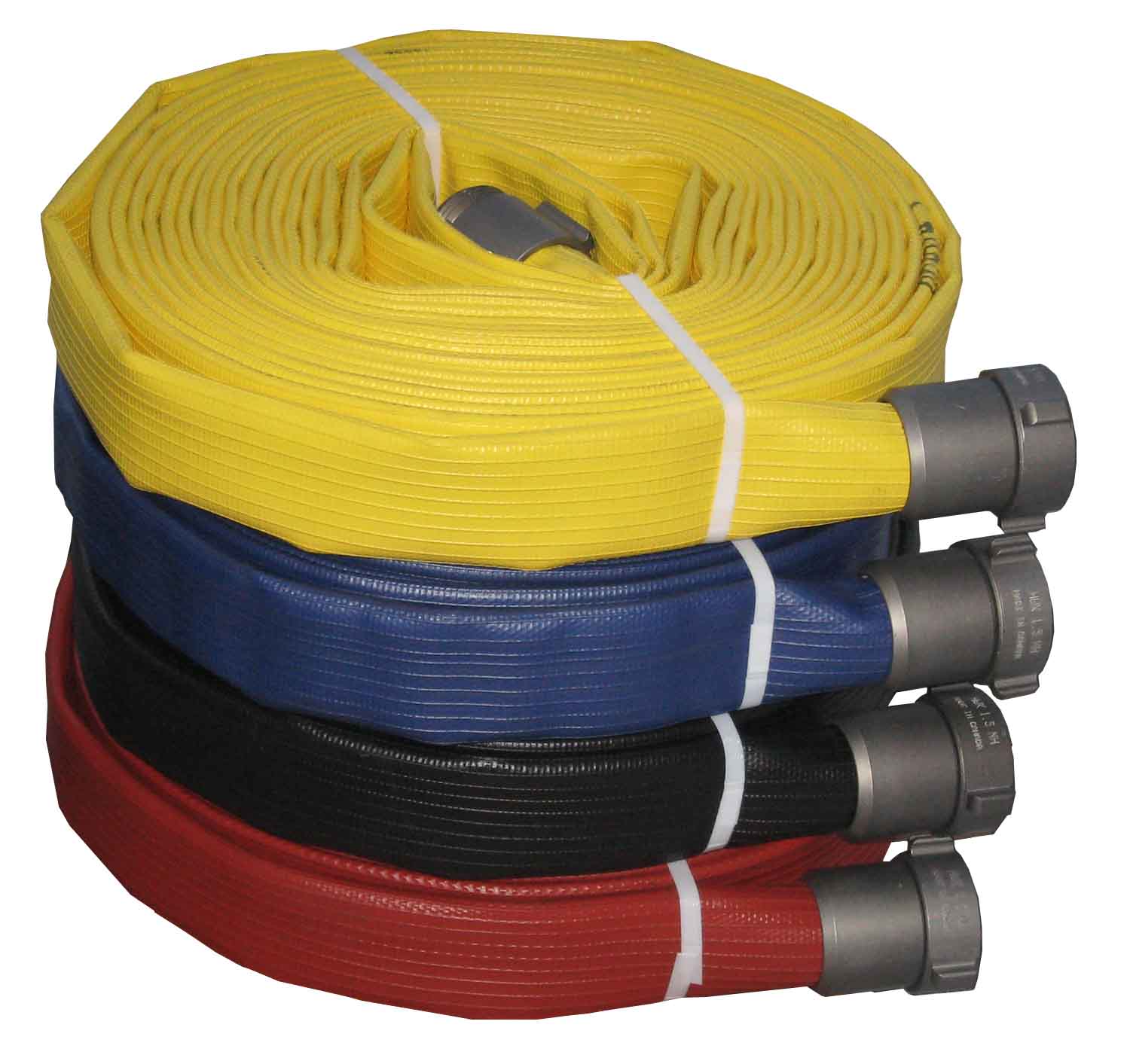All the Factors to Consider When Buying a Firefighting Hose
Buying a hose for your gardening needs is a simple purchase and you don’t really need to pay that much attention to the specifications, because frankly, they don’t matter. As long as it can get the water from the water source to the desired area, it will perfectly do the job. However, when lives are on the line, specifications matter big time – especially for front-line firefighters whose lives can depend on the hose.
When looking for a fire fighting hose for sale, whether that’s for a department or personal use (such as fighting a bushfire), there are a couple of factors to consider, such as: the construction of the hose, its durability, the kink, ease of packing, storing and cleaning, as well as the materials used. All of these factors should be listed on the hose’s specification list.
Additionally, when looking for a fire fighting hose for sale, you’ll usually come across two basic categories: attack and supply hoses. Some are marketed as dual-purpose, and these usually come in the same diameter as attack hoses, ranging from 1 to 2.5 inches. On the other hand, supply hoses come in 3 inch or thicker diameters. However, the diameter can vary depending on the pressure.
Furthermore, you should consider the type of jacket you want your hose to have. You’ll usually come across woven and rubber jackets. Woven jackets are made of natural fibers, like rubber lining and cotton, but they aren’t commonly used for firefighting nowadays because they aren’t as durable and can rot if they aren’t properly dried.
On the other hand, rubber jackets are usually made of polyester and nylon. Nylon is a strong thread but it requires abrasion-resistant coating to protect it from burn-through and damage. Polyester however, is more durable and affordable, because it’s specified without abrasion-resistant coating. Moreover, you’ll come across fire hoses with single and double jackets. Single jacket hoses are usually used for supply hoses, while double jacket hoses are used for attack hoses.
The material the hose is made of, as well as its coating, impact the kinking and flexibility of the hose. You generally want the hose to be kink-resistant and to remain somewhat flexible. Avoid heavy materials because swiftness of deployment is extremely important. The hose should be versatile, lightweight, and portable.
Lastly, worth knowing is that most fire fighting hoses are considered high pressure, but not all pressure hoses are suitable for fire fighting. The ones meant for fire fighting need to have all of the aforementioned properties as well as to pass industry standards in order to be safely used in hazardous situations.


